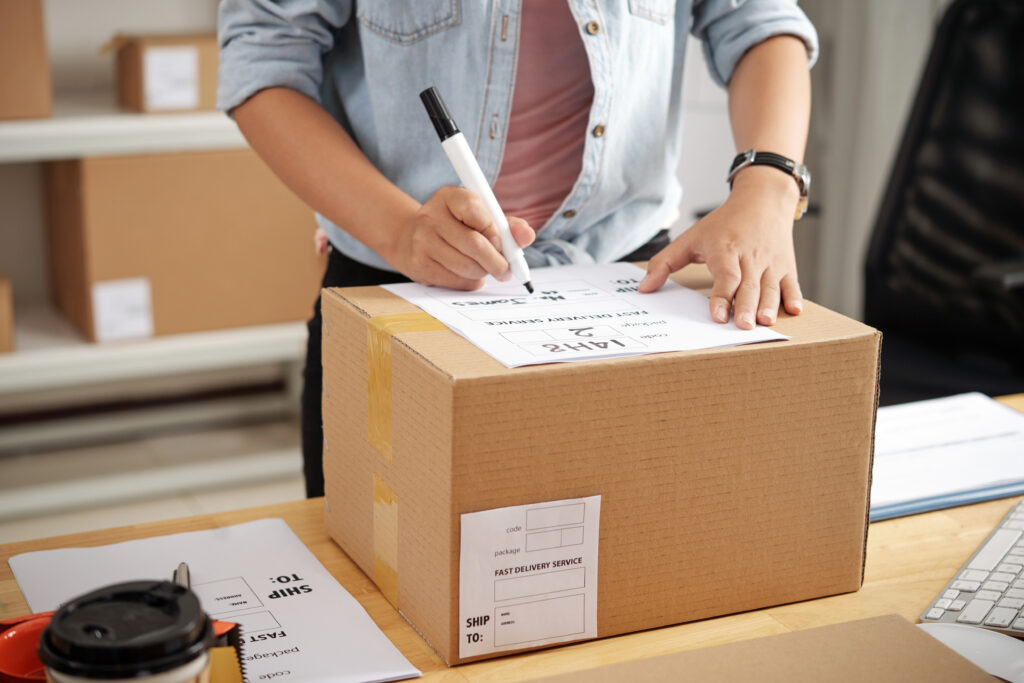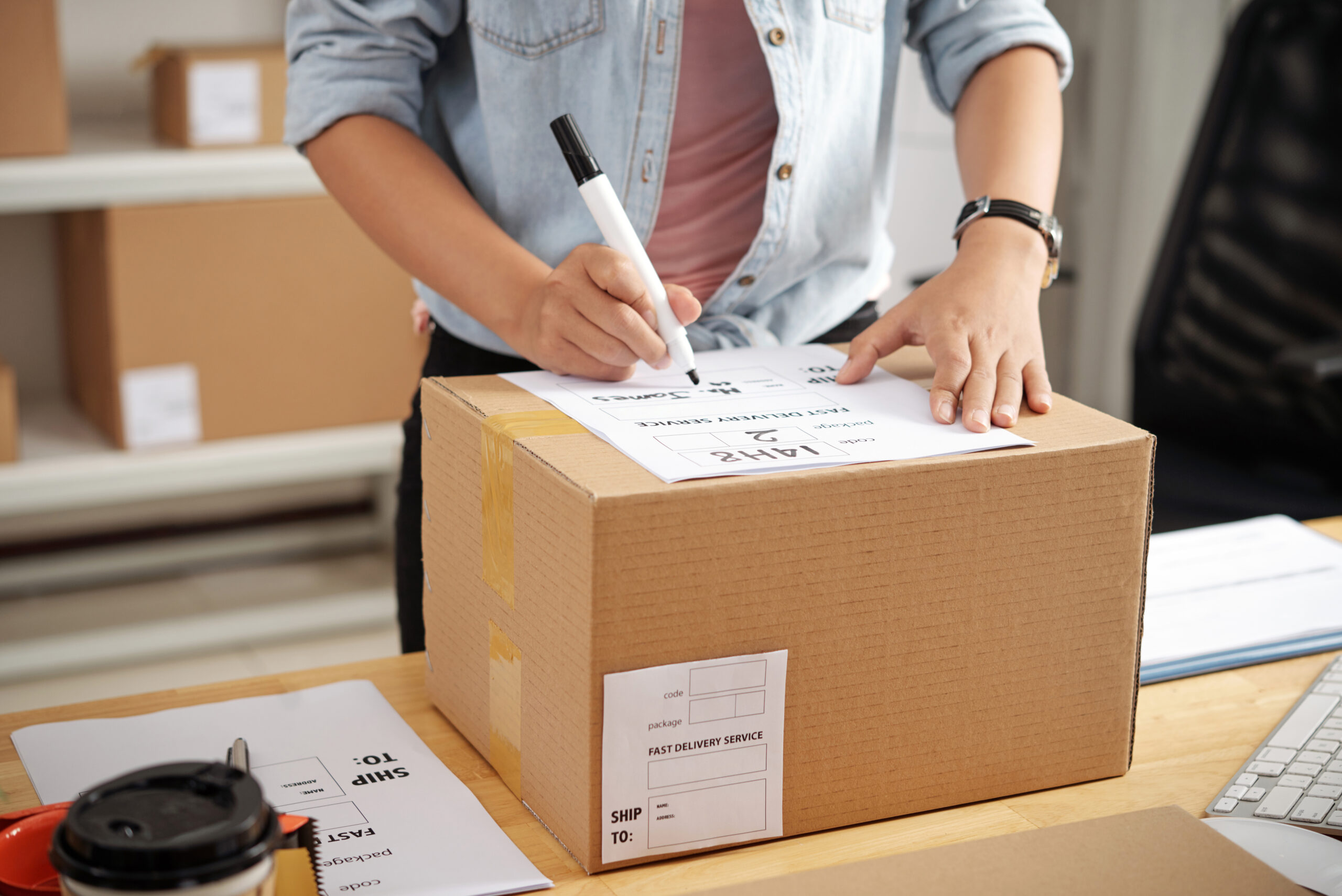The steady rise of the ecommerce industry offers entrepreneurs a wealth of opportunities, enabling them to sell a broad range of products to customers worldwide. One of the most sought-after models in this space is dropshipping, which lets you launch a profitable business with minimal upfront investment. In this article, we’ll explore the key challenges dropshippers commonly face and how automated lead processing can help overcome these obstacles.
Understanding Dropshipping Challenges
Running a dropshipping business can seem straightforward, but entrepreneurs often encounter pitfalls that may limit profitability and customer satisfaction. Understanding these issues early on helps you plan for success and avoid unexpected setbacks with your e-commerce website.
Finding Reliable Suppliers
Attracting trustworthy suppliers is a primary concern for both new and seasoned dropshippers. Product quality and prompt shipping are crucial to sustaining a successful dropshipping business and both factors depend directly on the supplier’s reliability. When searching for partners, focus on their product range, business policies, reviews, and warehouse locations across various countries and regions.
Long Delivery Times
Extended shipping periods due to poor logistics and processing delays are also a common hurdle in dropshipping. Because the supplier handles fulfillment, dropshippers lack direct control over delivery. Processing, invoicing, and shipping times vary from one supplier to another, so it’s vital to evaluate these factors before committing to any partnership.
Product Returns
Returns can be problematic because dropshippers neither store nor ship products themselves. This makes the return process inconvenient for both the seller and the customer, and may incur additional costs. Since returns are fully managed by suppliers, maintaining alignment on shipping and return policies is essential for smooth, profitable operations.
Manual Order Processing
Manually handling a high volume of orders can significantly slow down a dropshipping business and diminish customer service quality. Conversion rates depend on the speed of order processing. Slow lead management negatively affects sales figures. Automation tools offer a practical solution, freeing up resources and enhancing overall efficiency.
After this overview of challenges, we’ll delve into lead automation: what it is, how it works, and the advantages it brings to your dropshipping business.

What is Lead Automation?
Lead automation is the technology-driven collection and processing of potential customers and orders, designed to optimize sales and marketing funnels. Widely used across various business models, including dropshipping, it allows entrepreneurs and managers to gather and analyze order information more quickly and accurately—leading to higher sales conversion rates.
Automation tools reduce repetitive tasks such as aggregating leads from multiple channels (websites, forms, social media, etc.) and seamlessly transfer this data into CRMs, email marketing platforms, analytics software, or other specialized tools. By removing manual bottlenecks, lead automation ensures that prospects advance smoothly through the sales and marketing pipeline, letting dropshippers focus on strategic growth. Additionally, by minimizing human error, automated systems can significantly improve lead quality and overall data accuracy.
Benefits of Lead Automation
Implementing effective lead automation can radically streamline your daily tasks, allowing you to focus on strategic planning instead of repetitive data entry. Below is a closer look at how automation improves efficiency and streamlines operations for dropshippers:
- Improved Lead Qualification: Automation technologies evaluate leads based on their behavior, engagement history, demographics, and other factors. This process identifies the “hottest” leads and helps direct attention to those most likely to convert.
- Increased Team Productivity: Automating tasks related to lead collection and management enables marketing specialists and sales managers to work more efficiently. By delegating repetitive processes to algorithms, staff can focus on higher-value responsibilities, raising overall productivity.
- Cost Savings: Over time, dropshippers and other entrepreneurs who adopt lead automation often see a substantial reduction in operational expenses. The right automation tools allow you to handle more work with fewer resources, including optimizing staffing levels.
- Higher Conversion Rates: Another major advantage is a noticeable improvement in conversion. Lead automation accelerates and refines how you collect and analyze customer data, ensuring you efficiently guide prospects through your sales and marketing funnels.
- Enhanced Data Management: Automation solutions help track, store, and analyze large volumes of lead data. Insights derived from this information streamline lead generation, shorten response times, and improve overall sales performance.
- Scalability: As your business grows, automation becomes even more valuable. Dropshippers can comfortably handle larger lead volumes and expand their campaigns without overextending their team or complicating operational processes.

Tools for Lead Automation
Below are several popular automation tools that dropshippers frequently use to streamline lead management and related workflows.
Modalyst
Modalyst.co a dropshipping platform that connects businesses with a network of suppliers offering high-quality products. While not a CRM itself, Modalyst empowers dropshippers by automating product sourcing and updating inventory in real-time. It integrates seamlessly with major e-commerce platforms like Shopify, Wix, and BigCommerce, ensuring a smooth process from lead capture to order fulfillment. This makes Modalyst a valuable tool for scaling e-commerce businesses while focusing on customer acquisition and satisfaction.
Salesforce
Among the most widely recognized CRMs, Salesforce provides robust sales and marketing functionalities, including integrated lead collection and processing features. Powered by AI algorithms, Salesforce allows flexible automation of lead tracking and nurturing across the entire lifecycle. It also offers predictive insights and smart lead routing.
HubSpot
Another major CRM platform offering comprehensive lead automation solutions. HubSpot enables quick setup of automated tasks—ranging from lead capture and nurturing to advanced profiling and scoring based on key metrics—making it a top choice for many dropshippers.
SaveMyLeads
This no-code platform automates lead collection and transfer from sources like Facebook Lead Ads and Google Lead Form to CRMs, spreadsheets, email marketing services, and numerous other systems. In addition to automatically forwarding new leads, SaveMyLeads sends real-time notifications via email or messaging apps.
Zapier
Another automation tool that streamlines various business processes, including lead generation and management. It allows businesses to capture and route leads efficiently, personalize interactions, and generate real-time reports to improve decision-making within sales and marketing workflows.
Pipedrive
Pipedrive is a sales-focused CRM that helps businesses automate lead tracking and deal management. It offers a visual sales pipeline, easy integration with other tools, and customizable workflows to streamline lead generation and nurturing processes. Pipedrive’s AI tools also provide recommendations to improve sales performance.
Bottom Line
Lead automation offers dropshippers fresh opportunities to transform their approach to generating, nurturing, and qualifying potential customers. Modern tools and applications play a key role in unlocking these advantages—ranging from time and resource savings to higher conversion rates and smoother scalability. By integrating the right automation solutions, entrepreneurs can overcome common dropshipping challenges and position their businesses for long-term, profitable growth.







